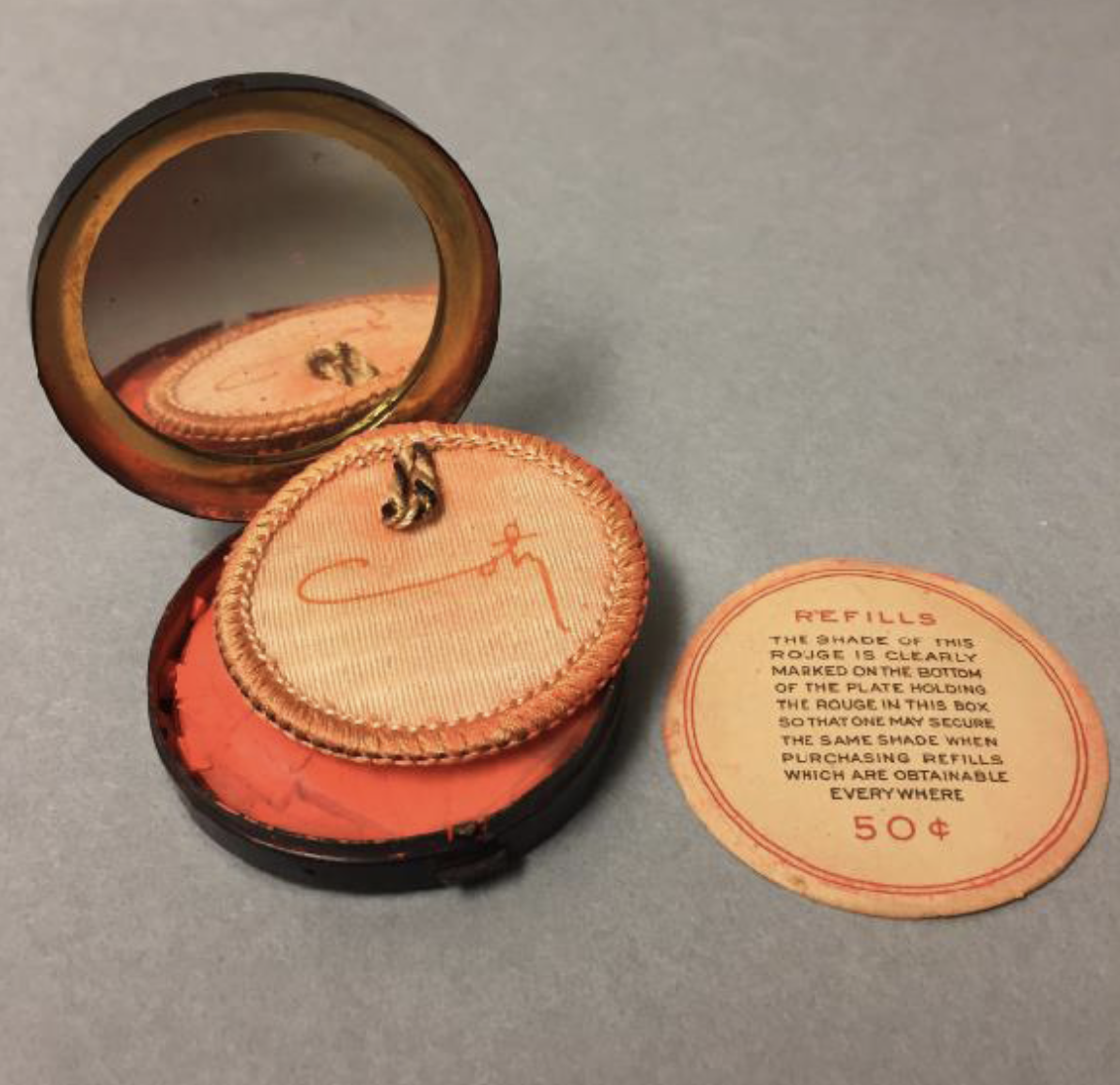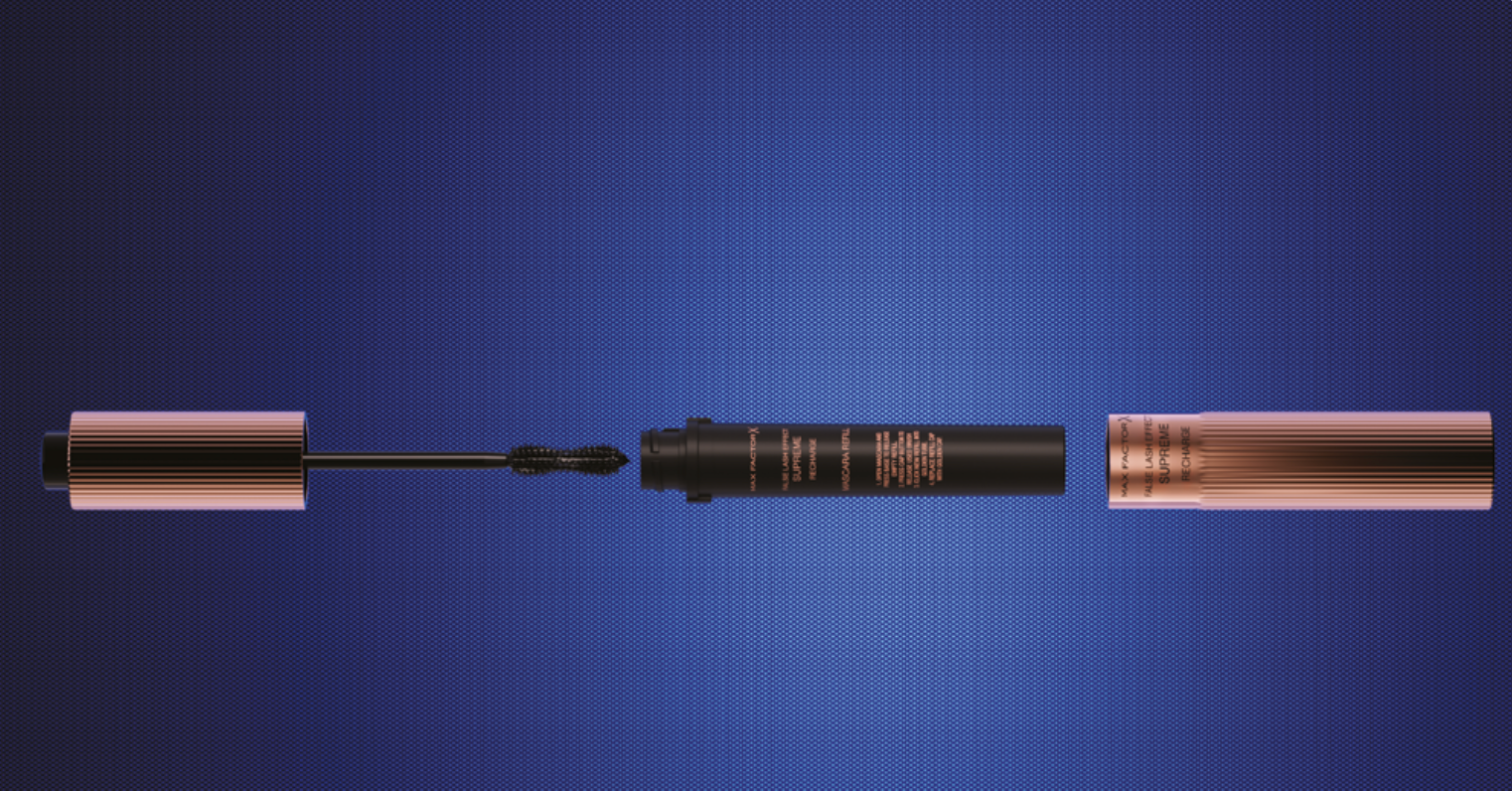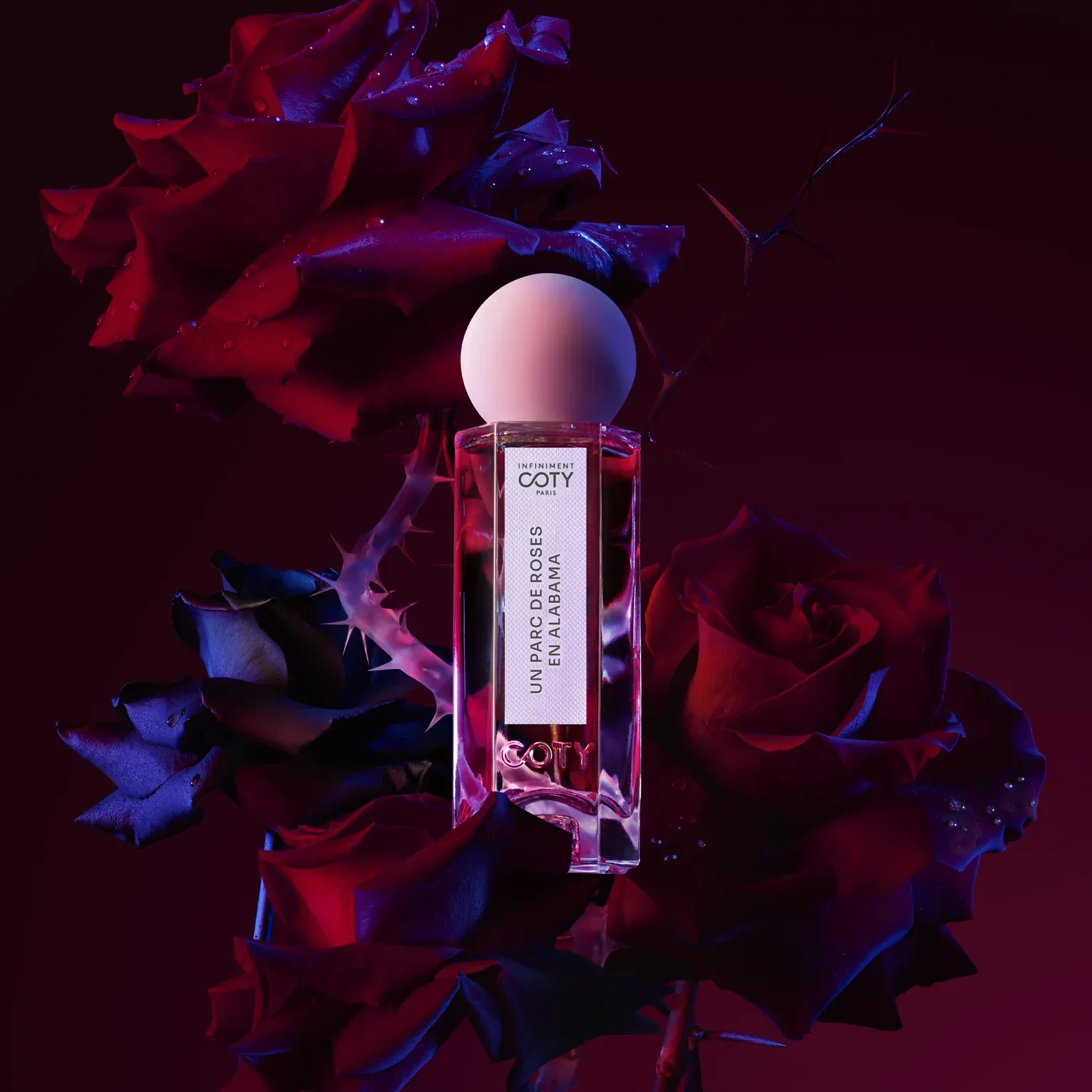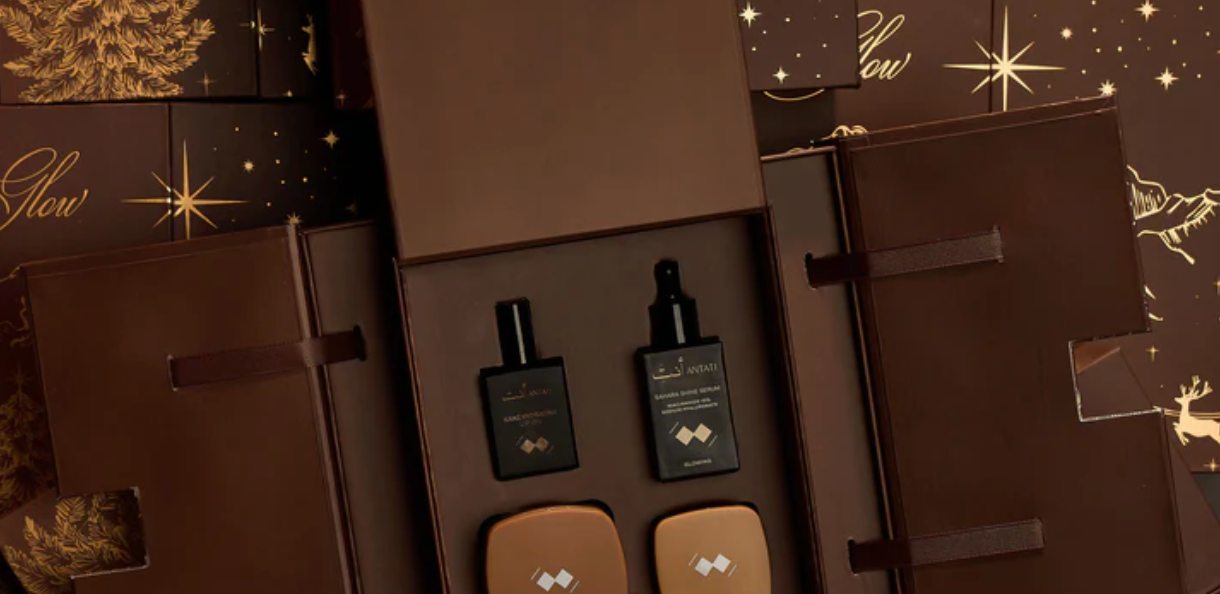
Coty is driving ingredients transparency and decarbonisation, as stated in its 2025 sustainability report
In their move towards increasing sustainability, Coty is " proving that sustainability and desirability can coexist and elevate one another " as stated by CEO, Sue Nabi, in Coty's latest sustainability report "Beauty that lasts". In 2025, the beauty giant has "reimagined BOSS The Scent with a refillable bottle and 17% less glass, launched Max Factor’s first refillable mascara, and introduced the world to patented Artcycling, where creativity meets circularity."
In its overall commitments, the group has built on its "Becoming Carbon Kind climate strategy by launching decarbonisation targets for suppliers and earning recognition on the CDP Supplier A List". As of 2025, it has reduced water withdrawal by 16%, progressing toward a 25% reduction target by 2030 (vs. 2019) and is further delivering ingredients transparency and packaging upgrade to minimise footprint.
Ingredients insights and biotechnology
To demonstrate its commitment to transparency, the Rimmel, Orveda and Max Factor owner has created an online ingredients database for consumer information. The directory defines key ingredients amongst the most used in Coty's products and answers frequently asked questions by consumers.
The beauty group is also investing in "research and development to identify viable alternatives for carbon intensive, regulated and scarce materials." The group aims "to reduce its impact on both climate and nature," and is "investing in biotech solutions as alternatives to natural ingredients and working on establishing long-term partnerships with suppliers by upskilling and providing benefits to secure prices and supply." as explained in their sustainability report.
Using “ biotechnology, for example, underpins the group's prestige skincare line, Orveda, which has been recognized for its potent, vegan, biotech-led formulas." In the fragrance segment, ethanol, is a major focus, as it makes up around 73% of the volume of fragrance formulas, and is typically sourced from crops such as sugar beet, sugar cane, and wheat, and generates high emissions.
Packaging Design
The majority of Coty's GHG (Green House Gas) emissions are Scope 3 emissions with the main impacts coming from packaging (29%), raw materials and formulations (19%), and transportation (8%).
The group is focused on reducing the use of resource-intensive and carbon-intensive materials such as aluminum, glass, and plastics and is implementing material reduction, lightweighting components, and increasing the integration of post-consumer recycled (PCR) content, inplastic packaging.
To be more specific, the beauty conglomerate aims to increase the use of recycled materials in its packaging by 30% by 2030. Today there is up to 10% PCR in Coty's product packaging, and also 99% FSC certification for cardboard packaging - folding box.


Coty is not at its first trial in refillable beauty. Its long lasting history demonstrated refillable lipsticks and compacts in the 1930s.
Some of today’s achievements include fragrance upgrade with “BOSS The Scent” that has been made refillable and is in a 17% lighter glass bottle, using the SPICE-compliant LCA tool in line with ISO 14044 standards for impact measurement. Also, the Max Factor brand has introduced the first refillable mascara.
Crafting Artcycling for Desirability
Patented Artcycling in the Netherlands, an Infiniment Coty Paris-led concept blending creativity with circularity.
From the 14 scents fragrance line created by Sue Nabi and NIcola Vu, where “each bottle is made to be stacked and assembled with the next, thereby contributing to the birth of an artwork. A canvas in glass, it is akin to a new territory of expression wherein art and fragrance are united through the language of emotion and creation. A patent pending artistic “ expression..


